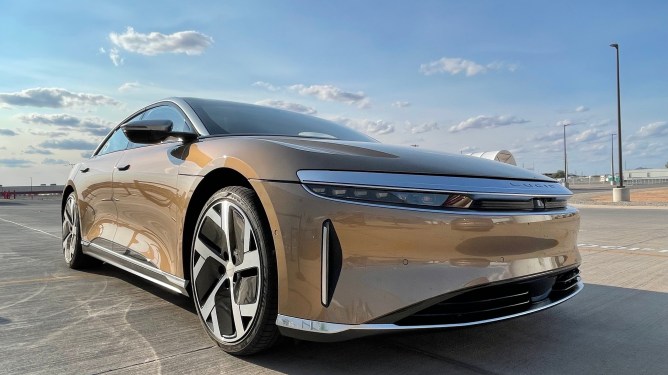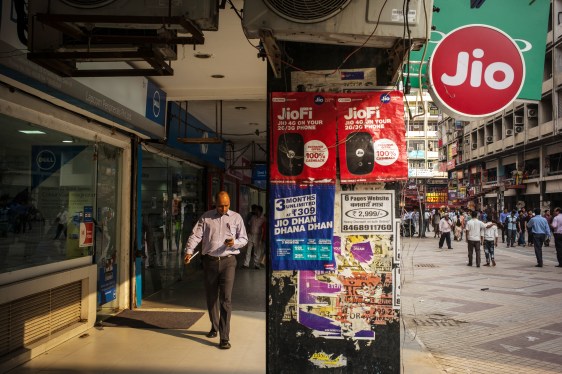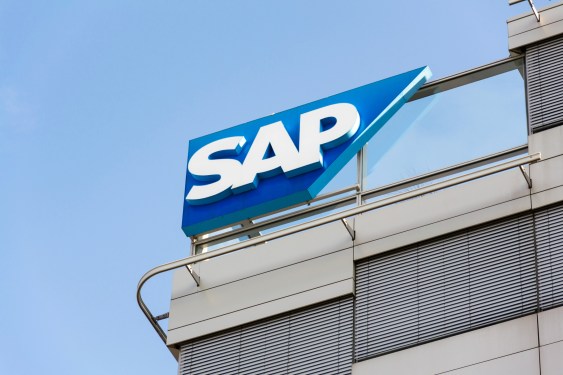In a significant development for the electric vehicle (EV) industry, Lucid has reached an agreement that will grant owners of its luxury EVs access to Tesla’s network of superchargers. This move follows in the footsteps of Ford, GM, and the majority of automakers that sell EVs in North America, who have made similar announcements in recent months.
A Unified Charging Standard: The Path Forward
The trend began in May 2023 when Ford announced its EV owners would soon have access to about 12,000 Tesla chargers via an adapter. Ford also revealed that its next generation of EVs would be integrated with Tesla’s charge port, known as the North American Charging Standard (NACS), starting in 2025. Since then, GM, Rivian, Honda, Mercedes, Hyundai, Kia, Toyota, and most recently Subaru have followed suit with their own announcements to adopt Tesla’s charging standard.
Lucid Joins the Ranks: An Important Next Step
Lucid was one of the last remaining holdouts, but it has now joined the ranks by announcing that its EV owners will gain access to Tesla’s superchargers. Like previous announcements, Lucid will begin by providing owners with an adapter that will enable them to use thousands of Tesla chargers. Starting in 2025, Lucid will incorporate Tesla’s NACS charging port into its EVs.
A Unified Charging Standard: The Benefits
According to Peter Rawlinson, CEO and CTO at Lucid, "Adopting NACS is an important next step to providing our customers with expanded access to reliable and convenient charging solutions for their Lucid vehicles. We believe that a unified charging standard, backed by the nationwide rollout of future-ready higher-voltage charging stations, will be a critical step in empowering American consumers to adopt electric vehicles."
A Trade-Off: Convenience Over Speed
While this decision may seem like a compromise, Lucid’s luxury Air sedans have a 900-volt electric architecture, which has several benefits. This architecture provides higher thermal efficiency and can lead to better range and faster charging times. However, most public chargers have 400-volt systems, and Tesla’s Superchargers are rated at about 500 volts. As a result, Lucid (and other EVs with 800-volt electric systems) won’t be able to charge as quickly as they would with chargers designed for them.
A Small Point: For Now
While this is a small point considering how rare 800-volt fast chargers are in the world, it’s worth noting that Lucid and its customers will still benefit from having access to Tesla’s Superchargers. As Andrew Hussy, a Lucid spokesperson, told TechCrunch, "Tesla’s current charging system helps Lucid customers with the convenience of more charging options." However, he noted that in the future, Tesla is expected to start offering much higher voltage charging.
The Future: A Unified Charging Standard
As the industry continues to evolve and expand, a unified charging standard will become increasingly important. With multiple automakers adopting Tesla’s NACS, it’s likely that we’ll see a proliferation of 800-volt electric systems in future EVs. This will enable faster charging times and greater convenience for drivers.
Conclusion
In conclusion, Lucid’s decision to join the ranks of other automakers in adopting Tesla’s Supercharger network is an important step forward for the industry. While there may be some compromises along the way, the benefits of a unified charging standard will ultimately lead to greater adoption and acceptance of electric vehicles.
Industry Reaction
The reaction from the industry has been largely positive, with many experts seeing this move as a major step towards greater convenience and accessibility for EV owners.
- "This is a huge win for consumers who want to own an electric vehicle," said John Krafcik, CEO of Waymo. "With Lucid joining the ranks of other automakers in adopting Tesla’s Supercharger network, we’re seeing a unified charging standard take shape."
- "We’ve been advocating for a unified charging standard for years, and it’s great to see companies like Lucid taking the lead," said Dan Becker, director of the Safe Climate Campaign.
What’s Next
As the industry continues to evolve, it will be interesting to see how other automakers adapt to this new standard. With multiple players adopting Tesla’s NACS, we can expect to see a proliferation of 800-volt electric systems in future EVs. This will enable faster charging times and greater convenience for drivers.
The Future of Electric Vehicles: A Unified Charging Standard
In the not-too-distant future, we’ll likely see a world where electric vehicles are as convenient and accessible as their gasoline-powered counterparts. With a unified charging standard taking shape, drivers will be able to charge their cars wherever they go – without worrying about compatibility issues or limited charging options.
Timeline: A Unified Charging Standard Takes Shape
Here’s a rough timeline of when we can expect to see major developments in the adoption of Tesla’s Supercharger network:
- 2025: Lucid begins incorporating NACS into its EVs, and Ford starts delivering EVs with integrated NACS charging.
- 2026: Other automakers like GM, Rivian, Honda, Mercedes, Hyundai, Kia, Toyota, and Subaru begin adopting NACS in their vehicles.
- 2027: The industry sees a significant increase in the adoption of 800-volt electric systems, enabling faster charging times and greater convenience for drivers.
Conclusion
In conclusion, Lucid’s decision to join the ranks of other automakers in adopting Tesla’s Supercharger network is an important step forward for the industry. While there may be some compromises along the way, the benefits of a unified charging standard will ultimately lead to greater adoption and acceptance of electric vehicles.



